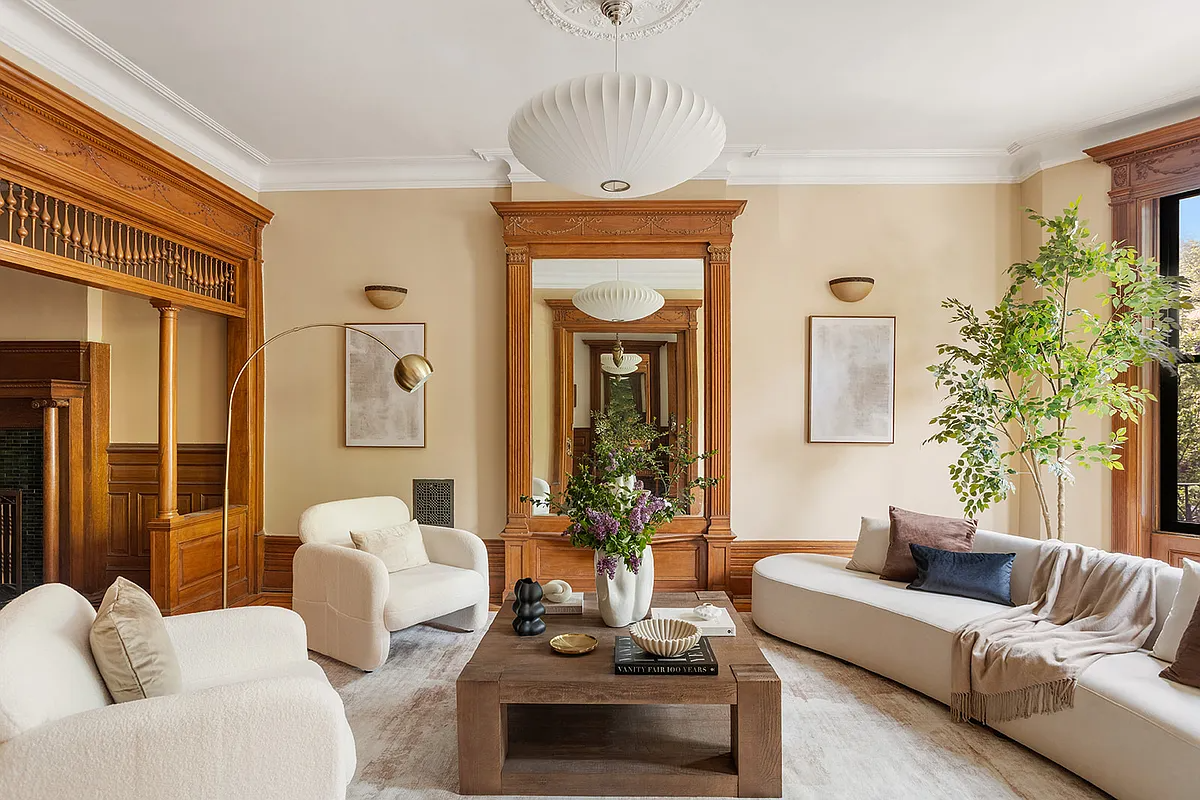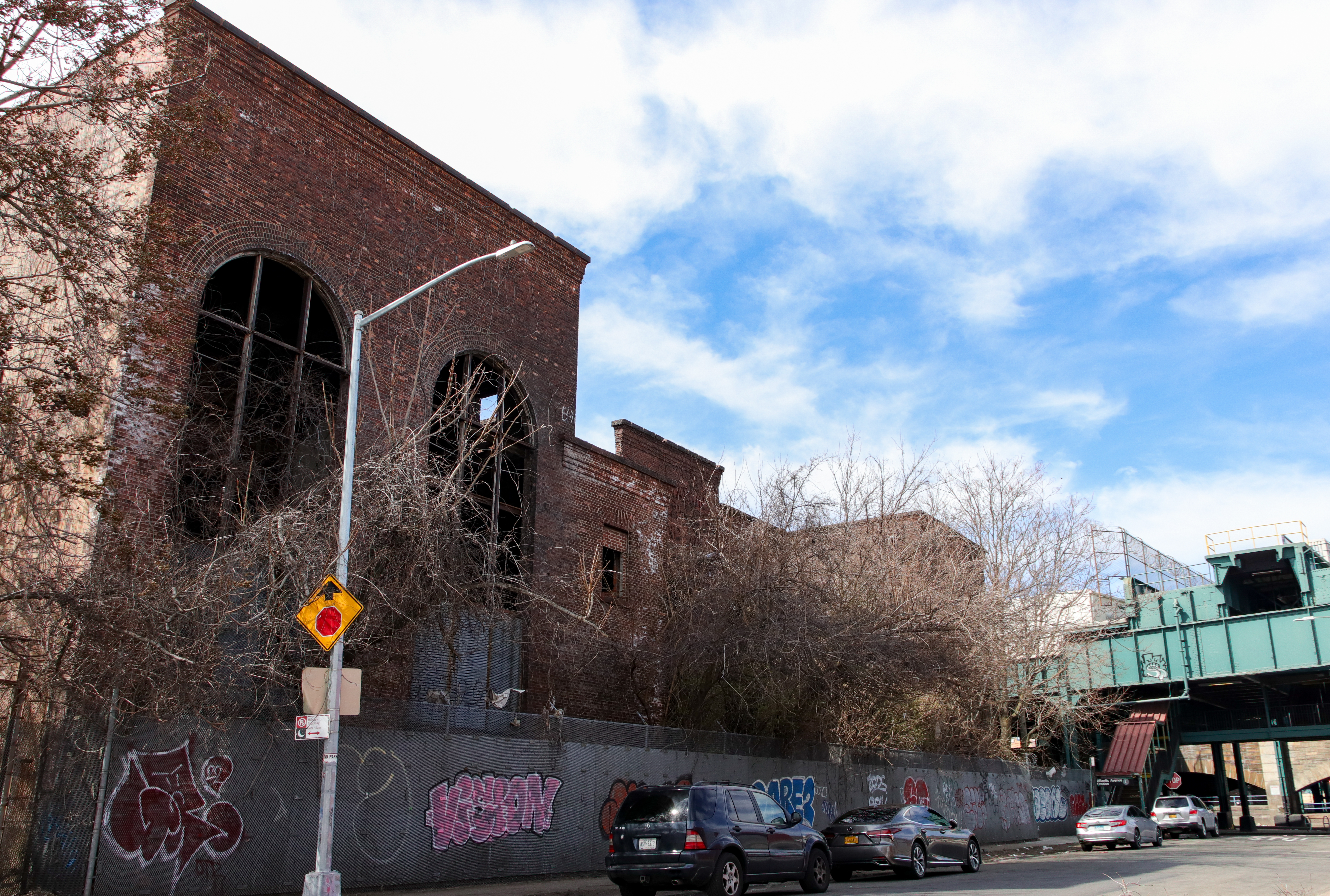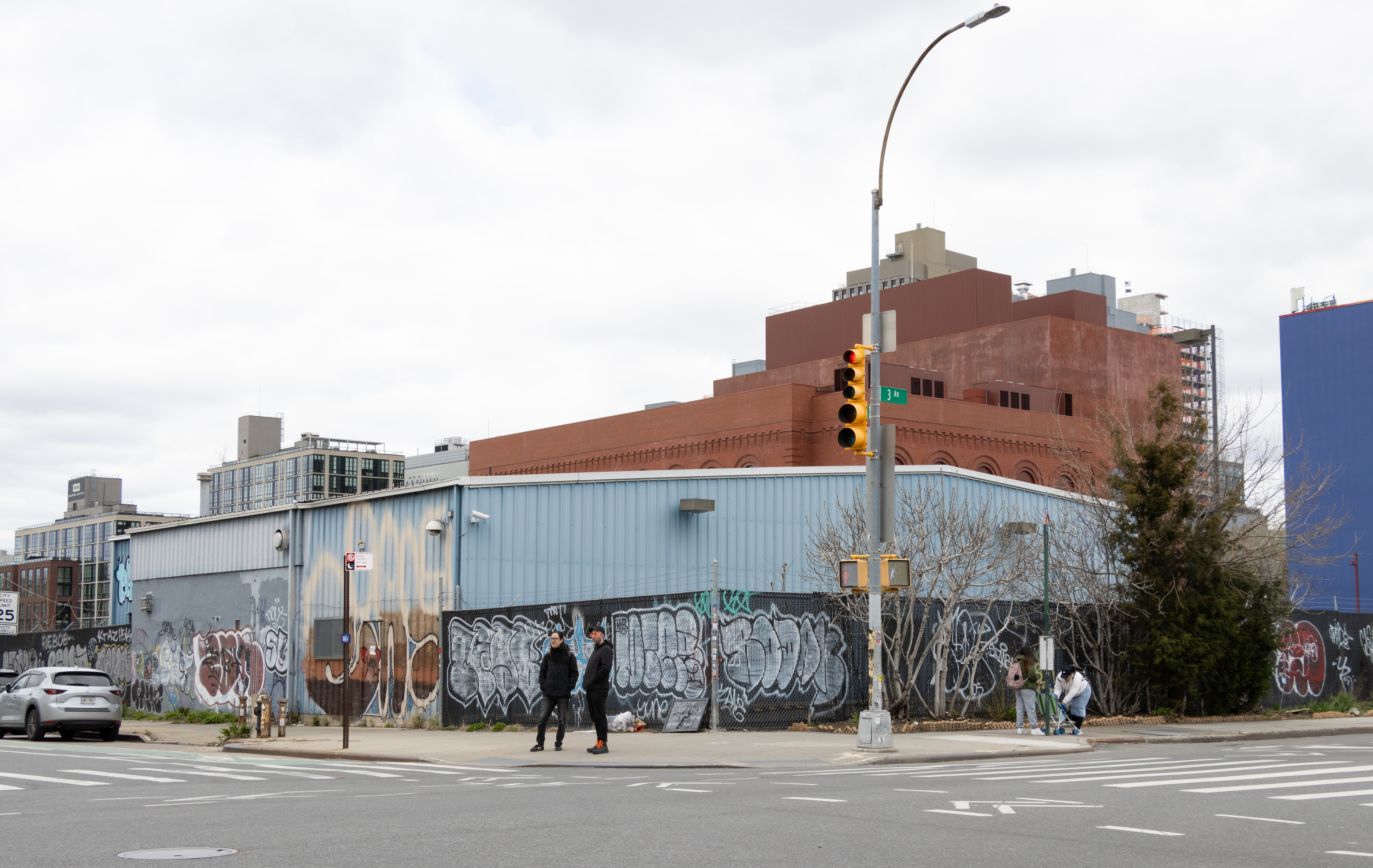Report on 'Invention of Brownstone Brooklyn'
Regular Brownstoner reader/commenter Mopar filed this report about yesterday’s panel discussion on gentrification in Brooklyn emceed by Suleiman Osman, author of the new book “The Invention of Brownstone Brooklyn: Gentrification and the Search for Authenticity in Postwar New York”: Tuesday night’s panel on “The Invention of Brownstone Brooklyn: Race and Gentrification in South Brooklyn” at…
Regular Brownstoner reader/commenter Mopar filed this report about yesterday’s panel discussion on gentrification in Brooklyn emceed by Suleiman Osman, author of the new book “The Invention of Brownstone Brooklyn: Gentrification and the Search for Authenticity in Postwar New York”:
Tuesday night’s panel on “The Invention of Brownstone Brooklyn: Race and Gentrification in South Brooklyn” at the Museum of the City of the New York focused on Brooklyn’s former slums where brownstones now sell for $2 million and up.
“For me, the Park Slope of 2011 is a limousine parked in front of a public school, said “Prospect Park West” author Amy Sohn, explaining that just that day she had seen one parked outside PS 321 waiting for a parent. “I feel the book [Osman’s] is about my life. I came from Mitchell-Lama housing and now we live across from [actor] John Turturro.”
Was the brownstoning movement of the 1960s and 1970s a success? It depends on who you ask. Author of “The Invention of Brownstone Brooklyn: Gentrification and the Search for Authenticity in Postwar New York” Suleiman Osman, who grew up in Park Slope and is a professor of American Studies at George Washington University, did not pick a side.
“If it’s about increasing real estate values, then it’s been very successful,” said Michelle de la Uz, executive director of the Fifth Avenue Coalition. “If it’s about the urban ideal of diversity, then it’s failed miserably. We need public policy with equity and justice at the forefront to achieve that urban ideal we were all attracted to and decided to stay in New York for.”
Back in the 1960s, brownstoners moved to Brooklyn so they could live in “someone’s former mansion” and have more space to raise their families for not much money, related Ken Patton, a founder of the Brownstone Revival Committee. When a neighborhood group planned to picket the Dime Savings Bank for redlining Brooklyn, he held a cocktail party for newcomers and bankers, and convinced the money men to offer mortgages to young, white professional families moving into Park Slope. But first he had to convince them that the newcomers were not “bohemians.”
“I’m a victim of displacement and gentrification,” said audience member and Councilwoman Tish James, who grew up in Park Slope and whose family was forced to move when rents rose. The recent census shows a reverse Great Migration is taking place, with more than 10,000 African Americans moving from New York to the South because they can no longer afford to live here, she said. “There’s a huge disparity in wages and the socioeconomic situation in New York City. It’s rather devastating to walk in your own community and feel like a stranger.”
Brownstoner commenters Amzi Hill and BedstuyMaven attended. Were there any others? What did you think of the panel?





NOP – I always appreciate your posts.
gemini10 – “Didn’t most people back then just save up their money to buy their homes outright?”
I think people making 5 or 10k a year back then would have a hard saving up to buy a 30k house. Fannie Mae has been around since 1938 to make it easier for people to get mortgages (though I don’t know how people typically bought in Brownstone Brooklyn).
MM- gotcha – well all there was back then were small community banks right? -which is what we all need back anyway and not a Chase on every corner – but I digress
I think many folks still were of the mind to OWN things out right – cars and homes especially.
But kudos to any family that Did buy a home in these hoods way back then and then were able to sell their homes for millions – their American dream did actually come true for them when you think about it or at the least they were able to pass that home down to their children…
Yes, Tish James may be “successful.” But that doesn’t mean she doesn’t suffer from what psychiatrists call “root shock” — or displacement from her home and community (her roots) by forces outside her control.
And root shock can happen through war, urban renewal, highway construction and — yes! — gentrification.
Bet it’ll be rampant in Japan, now.
I suffer a bit of this myself. Yes, my parents moved the family “voluntarily” from Crown Heights in the 1960s. But only because the situation had become untenable. (Our landlord setting fire to our building to encourage long-term families to leave. Didn’t get to our apartment — thank goodness — but scary enough for a little kid.)
So I walk around with a small hole in my heart where Brooklyn used to be even though, externally, I’m “successful.”
When people sniff at the pain Brooklyn’s transformation has caused, it’s usually because they’re the ones who’ve benefitted. (As in so much of history, the “winners” are the ones to write it.)
Nostalgic on Park Avenue
“the redlining phenomenon was really the most unbelievable thing.”
I bought my house in Bed-Stuy in the mid 90’s. The man I bought my house from had been unable to sell the house for 2 years because non of the prospectives buyer could get a mortgage. At the time he was involved in lawsuite with one of the tradtional banks.
At the time even though I had stellar credit, virtually no debt I could not get a mortgage from a traditional bank. After 2 months working with a mortgage broker, I was able to get a mortgage.
The majority of the companies writing mortgages back then were preditory lender, many now defunct because actions by the Senate Oversight Committee, private agencies and class action lawsuites.
Montrose I could not agree more with your posts but you say it better than I do. Yes, there’s so much going on in Bed Stuy and I presume other neighborhoods that isn’t the story told in this book. Though he does try to show different sides of what happened. I especially enjoyed his observations about “romantic urbanism” and the search for authenticity, which is still so relevant today — maybe even more so. Rob would enjoy this book!
But Gem, according to the US census, the average salary in the US in 1955 was $4,400. $30K looked as far away then as home prices do now. But people did put more down for a downpayment than today, relatively speaking. In redlined neighborhoods, they had to, as commercial banks wouldn’t even entertain your loan. Most people in these neighborhoods went to smaller savings banks, like Carver, or to private lenders. Chase, Citi, forget it.
Mopar, that is indeed a great collection. I’ve been in some of the BS houses, some still owned by the same families, and the houses are still gracious and beautiful. Most people have always known the quality and special-ness of their homes. One of the families in the collection was one of the founders of the Brownstoners of Bed-Stuy, an organization founded to prove that BS was much more than crime, urban decay and hopelessness, but a place of history, home and stability.
I attended the lecture last night.
In defense of Council Member Tish James who is only partial quoted. Ms. James simply spoke about how her family was effected without rancour, blame or self pity.
MM – as always, well said.
But couldn’t it be said that most families (of all colors etc) probably didn’t try to get mortgages in the 50’s & 60’s. Didn’t most people back then just save up their money to buy their homes outright? I mean the average brownstone in Park Slope in the 50’s was $30K……